 |
This week, tech company Huawei released the "first-ever" triple-foldable phone and Brazillian artist Lalalli Senna designed Brazil's tallest skyscraper. Read on for the headlines from the last week and check out the full stories on Dezeen... |
Interview: Most contemporary architecture photography "looks the same" says Hélène Binet
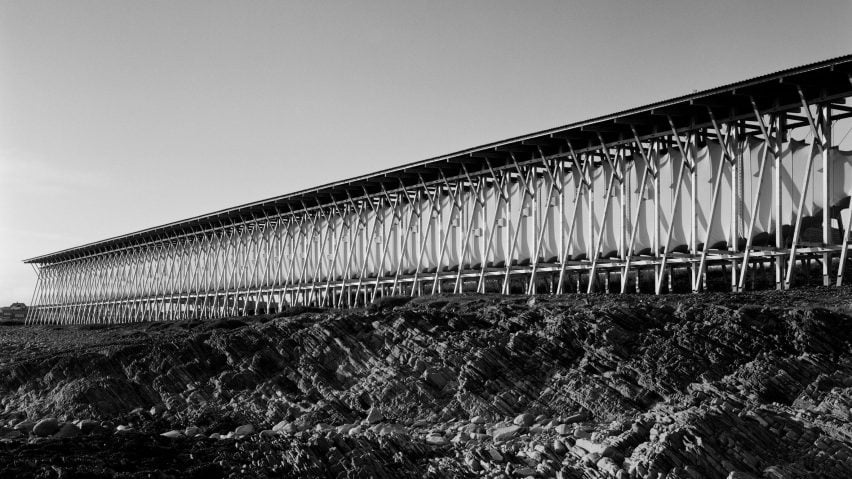
Most contemporary architecture photography "looks the same" says Hélène Binet
Architecture photography has become repetitive as architects are less interested in photographers producing artistic interpretations of their projects, Hélène Binet tells Dezeen in this exclusive interview.
For 40 years, Binet has photographed both contemporary and historical architecture, collaborating with influential architects such as Zaha Hadid, Daniel Libeskind and Peter Zumthor.
Arguably the world's pre-eminent female architecture photographer, her work has been published in several books, exhibited around the world and awarded global prizes.
She is known for shooting exclusively on film and mostly in black-and-white, even as digital photography has become dominant over the course of her career.
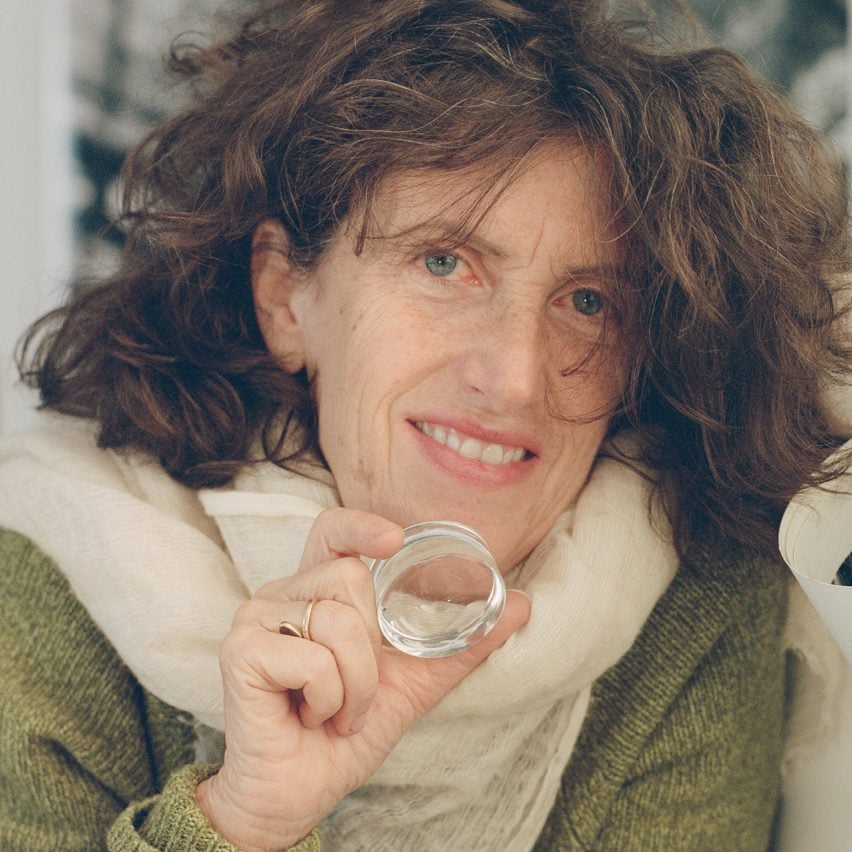
Though she finds much contemporary architecture photography "technically amazing", Binet feels the images often lack something important.
"They're so perfect that you don't enter them – you're outside," she told Dezeen from her studio in Kentish Town, north London, where she still hand-prints her photographs.
"Architects used to be really interested in having artists working on their projects and wanted a strong interpretation [of their work]," she continued.
"Now most of the images look the same. I cannot say, 'this is the photograph of this person'. Before, you could recognise the style and now, no."
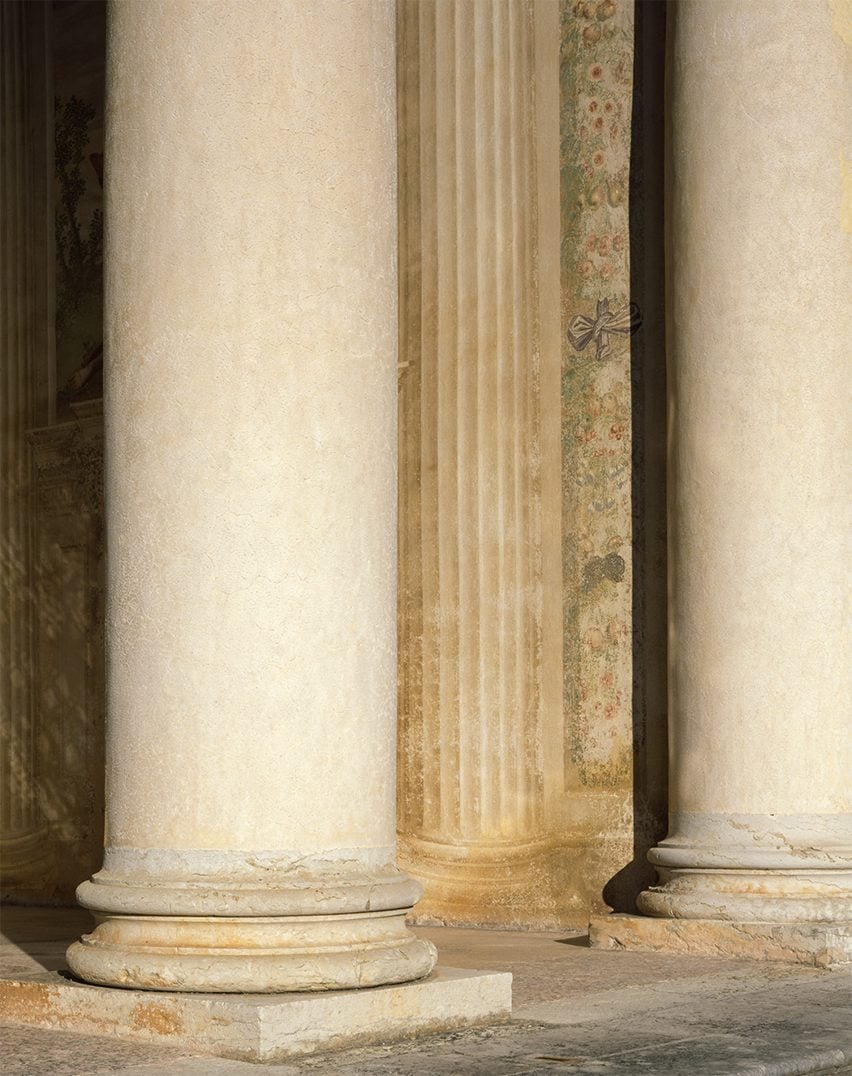
For Binet, this shift in priorities is something to be lamented.
"Why is there this flattening-off?" she asked. "What is the need? Of course, it's social media and everything but I really don't know about all this need for fast consumption."
"Architects didn't have a bigger budget [back then], but they thought this [an artist's interpretation] was important," she added. "Maybe it is to do with the quickness? I mean, we spend less time looking. But I find it quite concerning."
The counter to the rise of social media and shortening turnaround times is, according to Binet, "to keep your eye fresh".
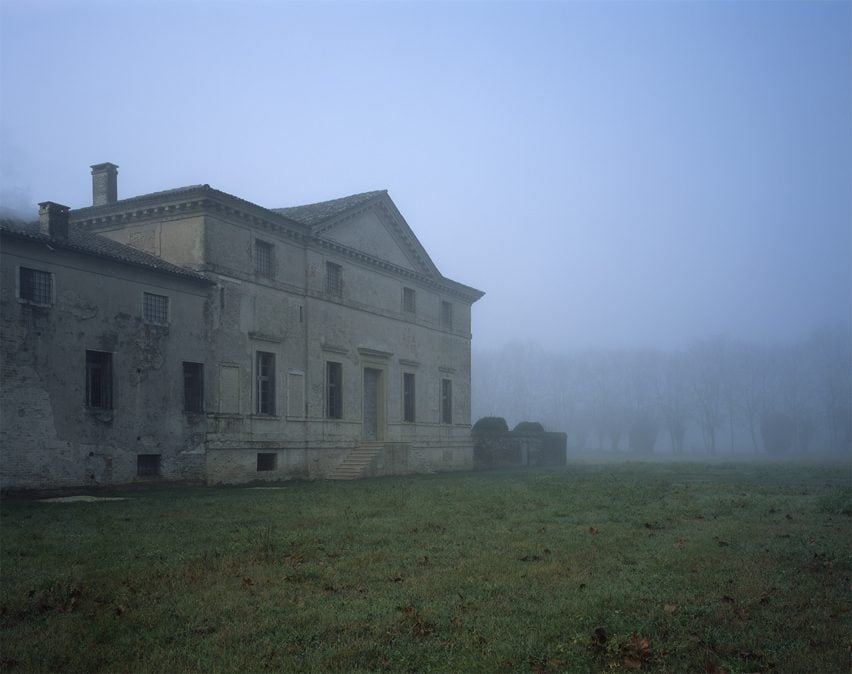
"You have to be able to go and see a building almost like it's the first thing you've seen in your life," she explained.
"Taking a photograph is an opportunity to rediscover something, to see something that most of the time you don't see – because you think you already know it, or you have never taken the time to look at it."
Born in Switzerland, Binet began her career after studying at the Architectural Association (AA) in London during the 1980s.
Her formative influence was Hungarian photographer Lucien Hervé, who, she said, demonstrated to her that within capturing buildings "there is a profession, but also a field where I can explore and be an artist".
"Hervé's images were around me from very young – his books and the photographs he did with Le Corbusier – his work is deeply part of me and the reason I started to love black-and-white photography," said Binet.
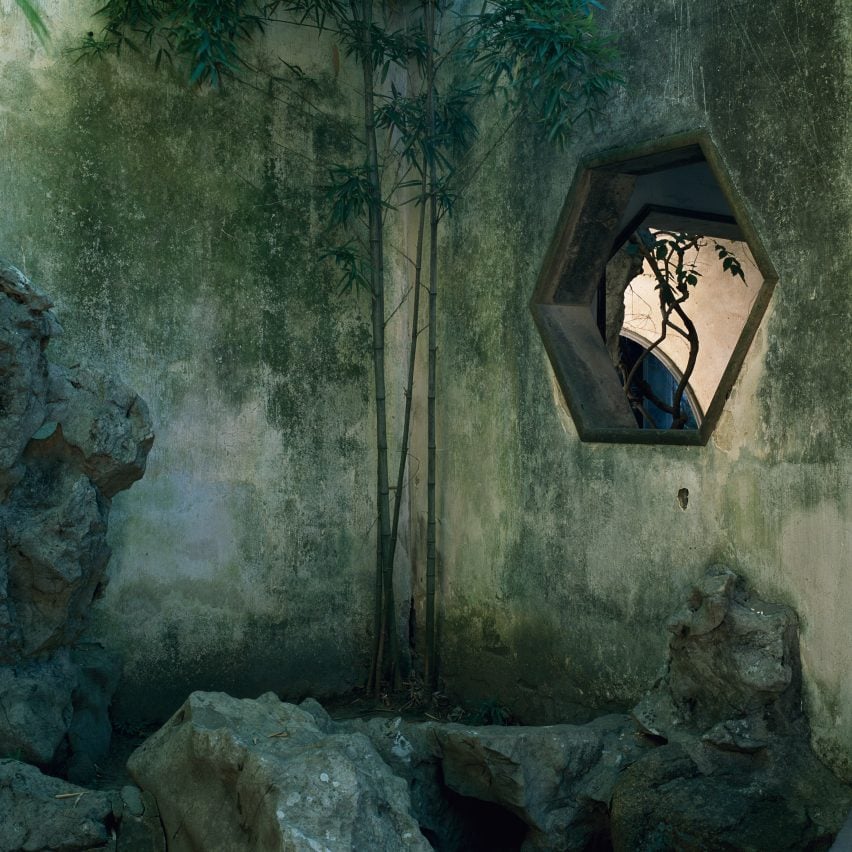
Besides Hervé, Binet is keen to stress that "very early on, there were very strong women photographers – not as many as men – but if you compare to other disciplines, there's been a lot of women photographers that did very well early on, and that managed to make an artist's life and pay the bills".
She cites early- and mid-20th century photographers like Tina Modotti, Lee Miller, Berenice Abbott and Lucia Moholy.
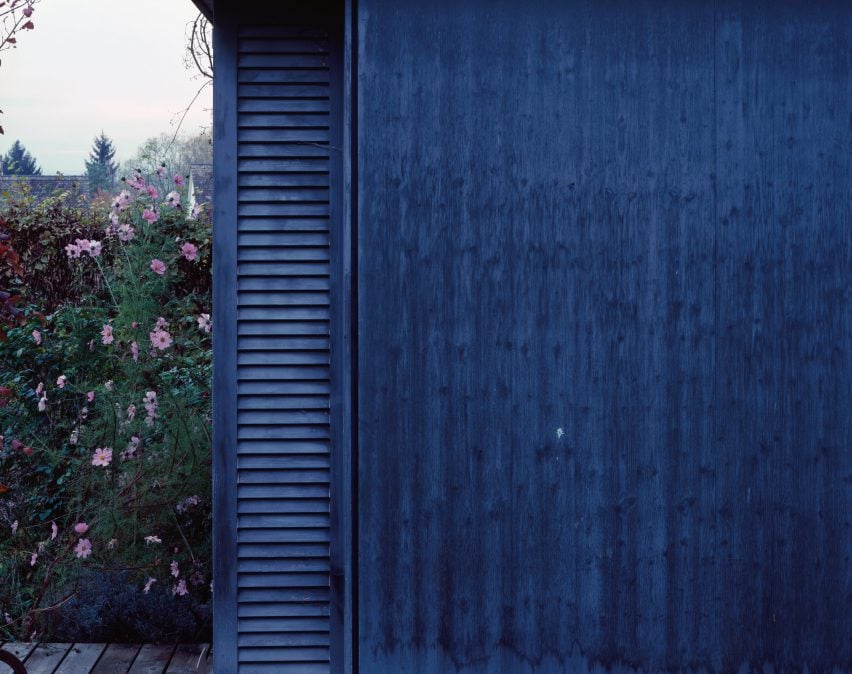
These women, several of whom were still working when Binet was starting out in the 1980s, provided reassurance that meant Binet remained undaunted at the prospect of being a woman photographing architecture.
"I never felt alone in that sense," she said. "It was not like for an architect or conductor, or some of those professions where it really took so long to accept women."
Binet also cites the influence of the work of more recent photographers like Judith Turner, but she is most enthusiastic about the Bauhaus photographers such as László Moholy-Nagy, Walter Peterhans, Lucia Moholy and Erich Consemüller.
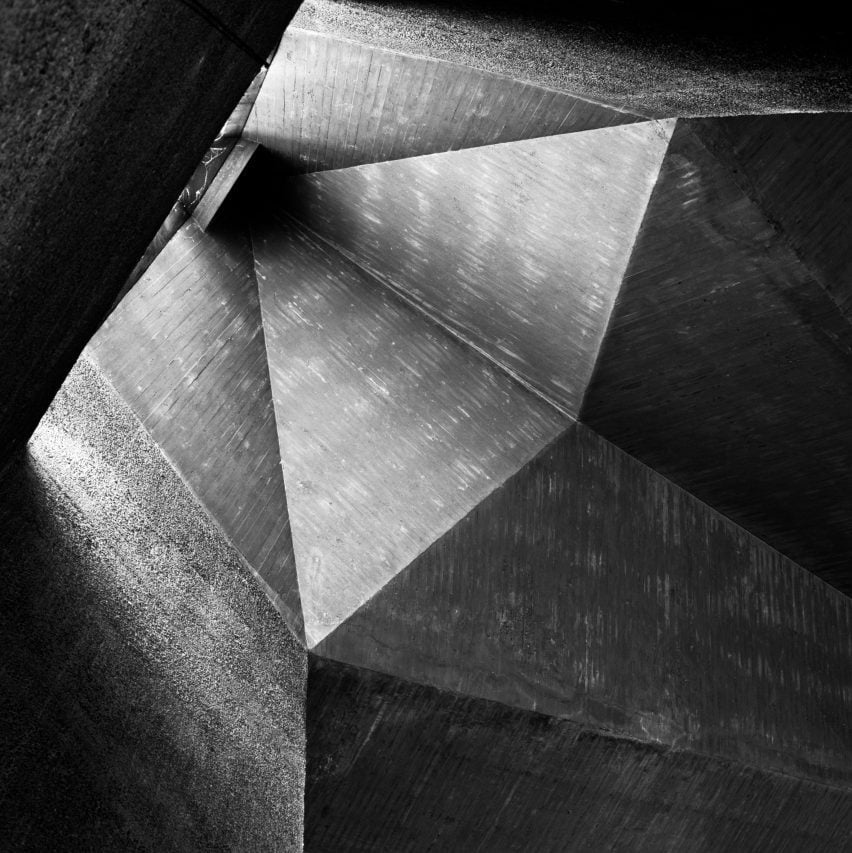
"They were like my masters," she said. "I love them for teaching me everything about photography: how we can look at or photograph objects by looking at them from every point of view, that photography is an independent art, and how we can put life into objects and transform them."
"The sense of freedom really inspired me and guided me for many years."
Much of Binet's work, including her photos of the Pantheon or Andrea Palladio's Italian villas, focuses on close-up details of buildings, allowing gaps for the viewer to imagine the in-between.
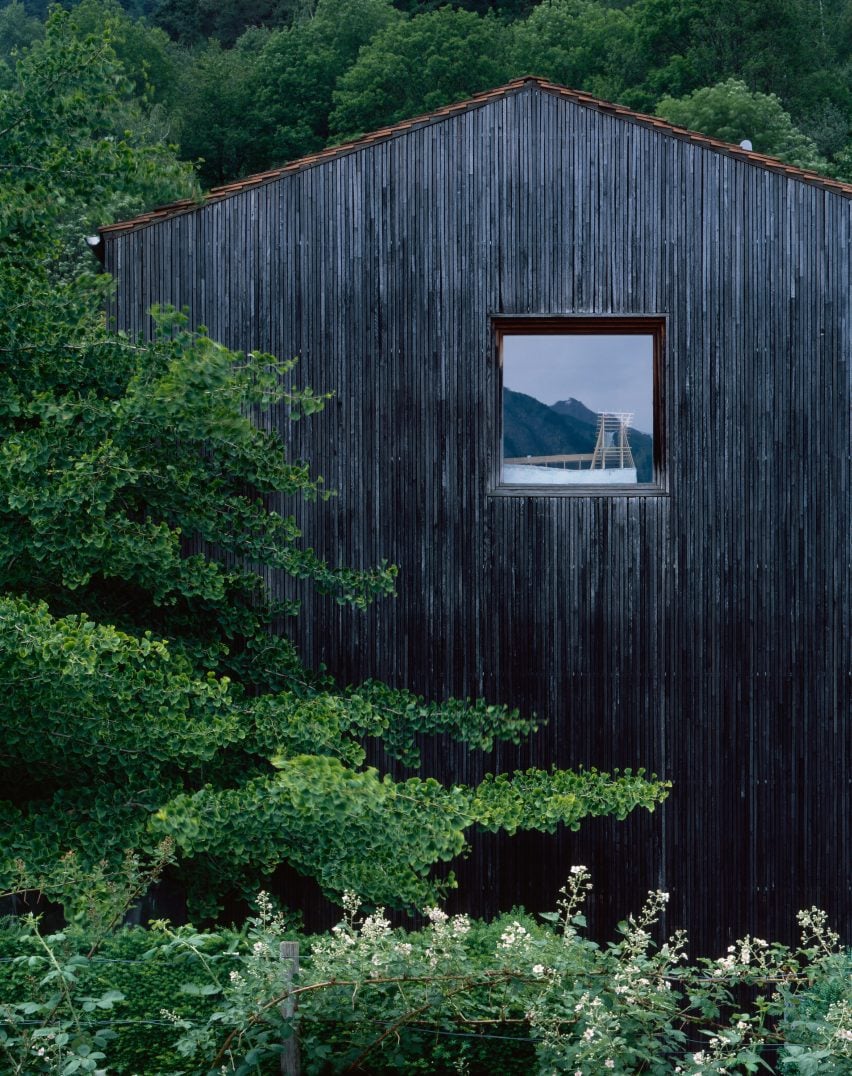
She describes this approach as a "dismantling" of the subject.
"Especially with historical buildings, dismantling has definitely been part of the work I've done early on," she said. "You discover a building by dismantling it."
"For me, what is very important is that I show things, but I also let you imagine what you don't see. If I just show half of a curve, then you start to say 'what is it, and why is it there?'"
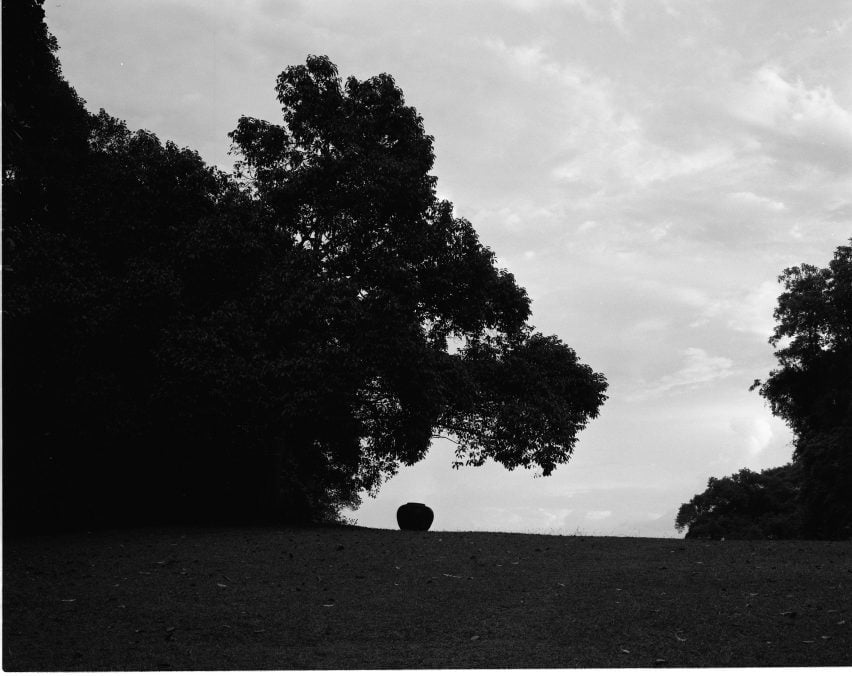
She uses a musical analogy to explain her philosophy. "I respect the score, I want to know the period, but I play the tune. It's my interpretation."
One of the pivotal moments in Binet's career was her collaboration with Swiss architect Zumthor, who she says "taught me a lot about the environment in which a building is placed".
"He is so careful about it, has such an understanding, and deep love for the site – he would use nature, the plants, so bit by bit by working with him, I started to appreciate this more," she recalled.
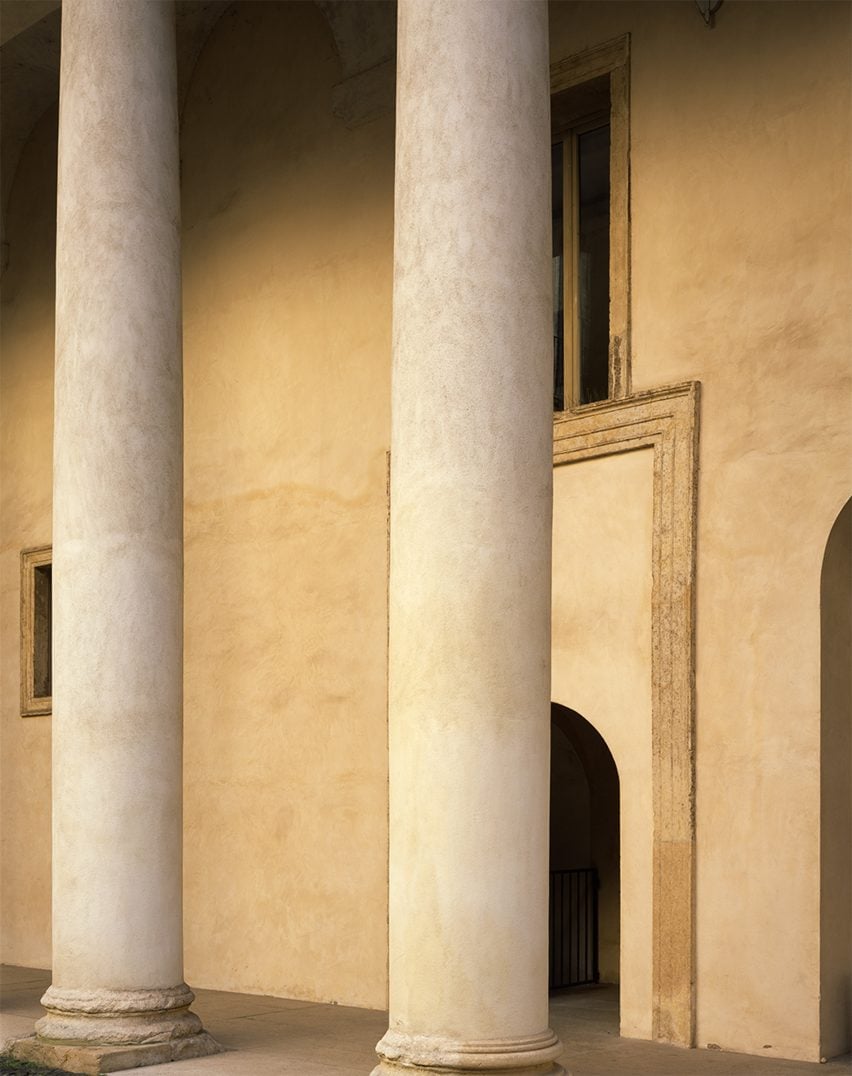
British architect, critic and historian Kenneth Frampton has described Binet's work as capturing "the moment when tonality moves into chromaticity".
For her part, Binet says she has often preferred to work in black-and-white because "you can hear more in the darkness".
"In the beginning, I used lots of black-and-white to create that abstraction that allows these questions more," she explained.
"Now I love colour, but in the beginning it was really that desire to not say too much, to let you have space [to imagine]. I am using colour more now and reaching for where colour can be controlled."
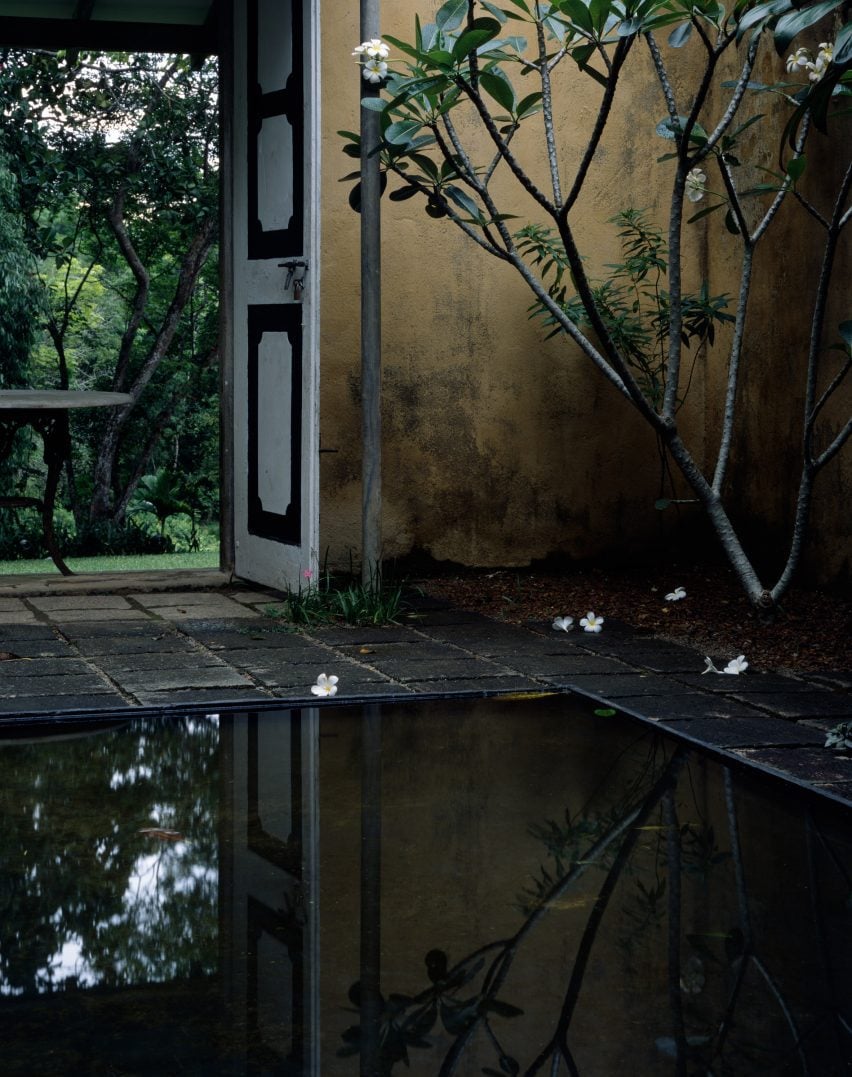
Binet's background, from her childhood in the Italian fishing village of Sperlonga and then in Rome, through her early discovery of Hervé, to other significant influences and collaborations with global architecture stars are explored in a monograph of her work recently published by Lund Humphries.
"Binet's oeuvre seems to oscillate between two obsessions: a desire to translate spatial phenomena into the two-dimensional space of the image and a quest to articulate the modulation of light on a surface," co-author Martino Stierli argues in one of the chapters.
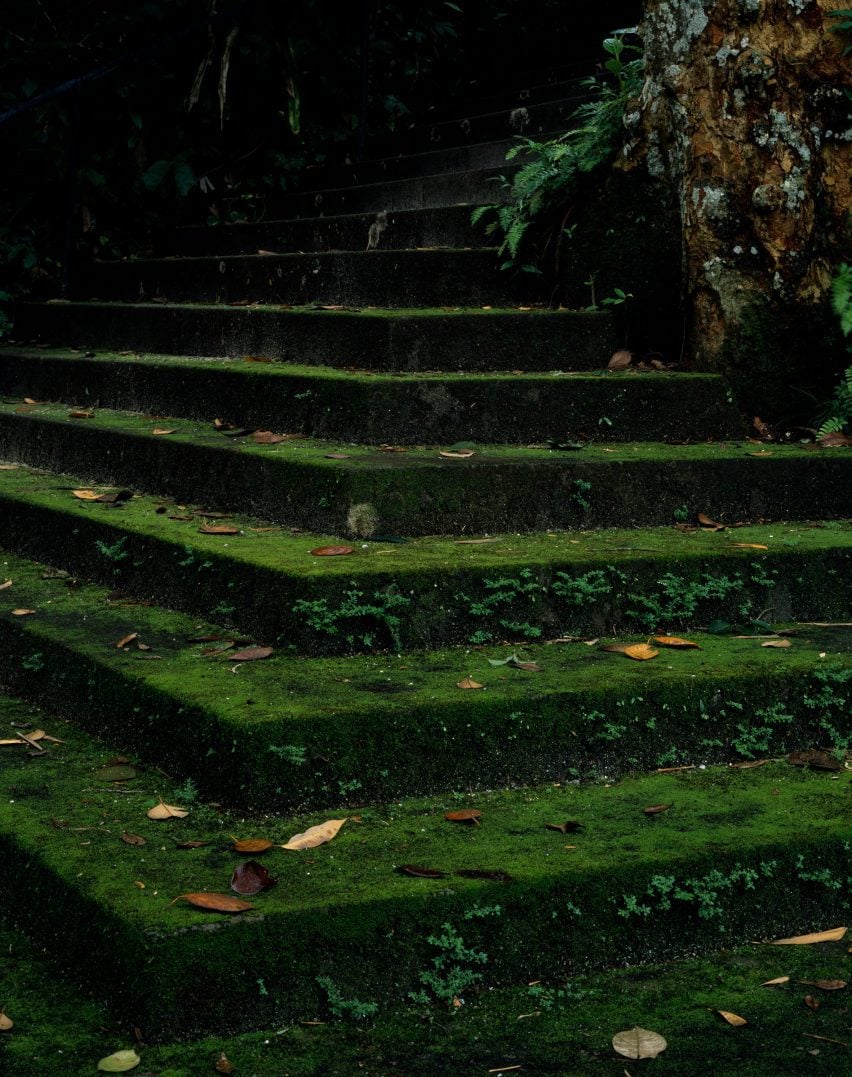
Achieving that combination requires, in Binet's words, "patience and strength".
"A good project needs at least two visits to the same place," she considered. "There's no magic – the weather and the light etcetera – but you start [with the visit], you print, you look to see if it does or doesn't work."
"You should never be really satisfied," she added. "I always think when I'm done – that's when I'm actually starting to work."
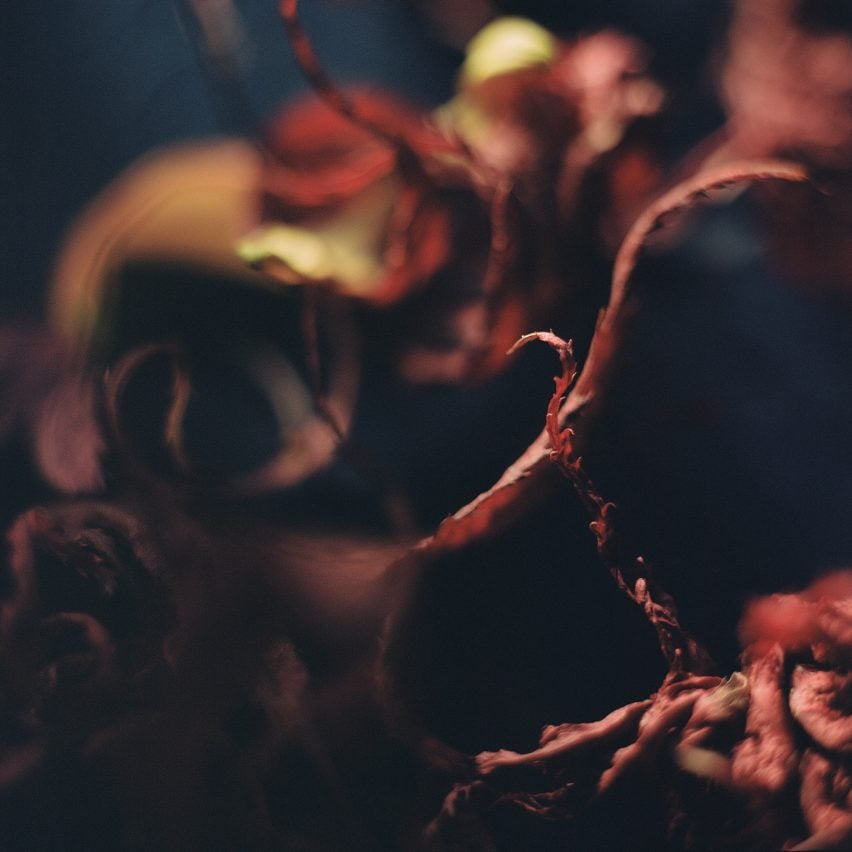
Binet's advice to the future generation of architecture photographers is "to trust in [yourself]".
"Your 20s and early 30s are such a creative moment and if I look at my work, and a lot of work of amazing photographers, the early work is the best," she said.
"You might not have all the technical skills, but this early work is so precious. Trust and push. Do whatever you have to do to stay in touch with yourself. Don't look too much [at other photography]."
"Trust your energy when you're young – it's a very special energy. You have inside you a very powerful moment. Trust and go for it. Be confident!"
The photography is by Hélène Binet.
Dezeen In Depth
If you enjoy reading Dezeen's interviews, opinions and features, subscribe to Dezeen In Depth. Sent on the last Friday of each month, this newsletter provides a single place to read about the design and architecture stories behind the headlines.

No comments:
Post a Comment